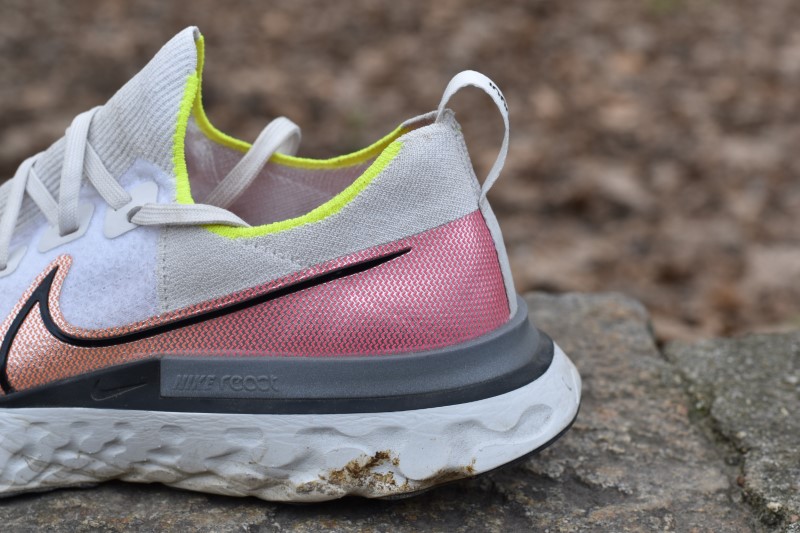

Overall, testers found the result convincing, even though some found the upper a bit too loose in some places.įinally, the outsole comes with a generous amount of rubber with a unique design to improve flexibility. Nike has more than one trick up its sleeve and decided to bring out its good old (but effective) Flywire technology. The Flyknit upper is now denser for a better lockdown and more durability. However, if you have a neutral stride, this small plastic piece seems useless and may irritate you more than anything else. Let’s note that this is a model for all runners, not just overpronators. Without being uncomfortable, the testers noted that it was noticeable. For overpronators, the Infinity Run continues to use a TPU clip under the arch to locks-in the foot in terms of support. According to the testers, the React foam is still as soft as ever while providing a slight bounce-nothing that will knock your sock off, but it’s still appreciable for this type of shoe. The sole offers high-stack cushioning with 33 mm under the heel and 24 mm under the forefoot.

The weight remains similar at 9.9 oz/281 g compared to 9.7 oz/275 g previously (men’s model). If the v1 moonlighted as a sneaker, this new one embraces its support shoe DNA fully with a broad and stable platform. What strikes at first glance is the shoe’s more functional design. A year later, this second version resembles the first one, for the most part, except for the new improved upper. The Nike React Infinity Run Flyknit caused a stir in 2020 with a major Nike marketing campaign promoting the Nike React Infinity Run Flyknit as a next-generation supportive shoe that reduces injury risk.


 0 kommentar(er)
0 kommentar(er)
